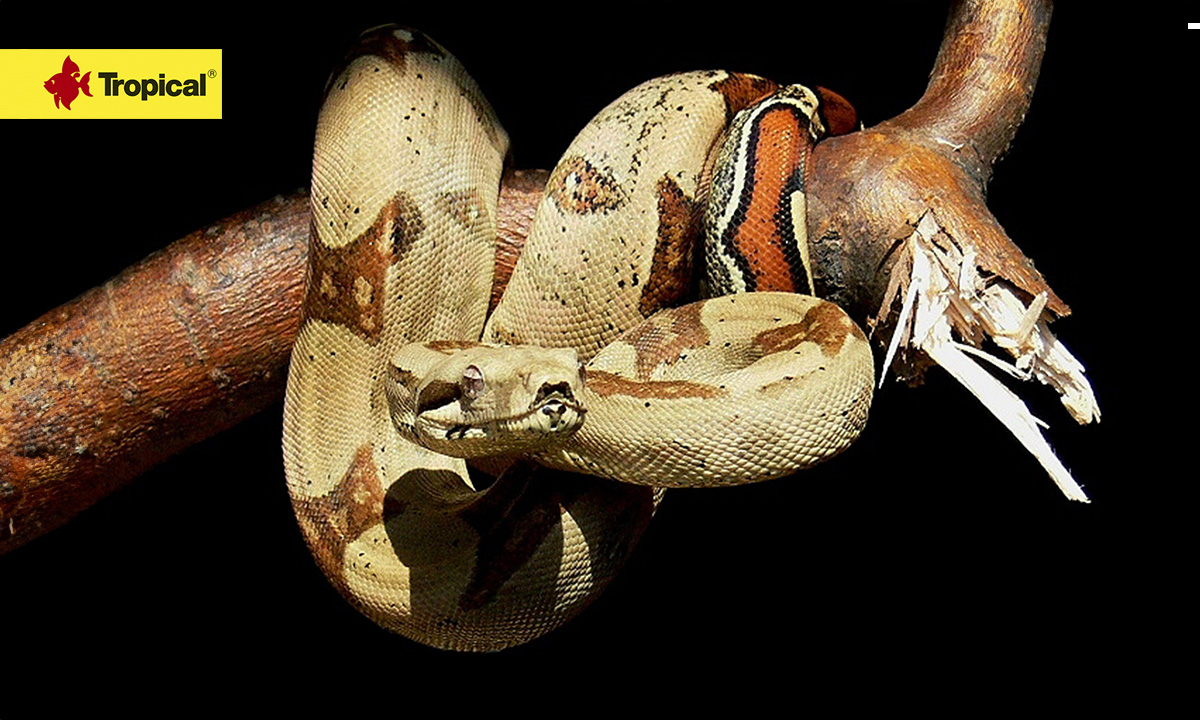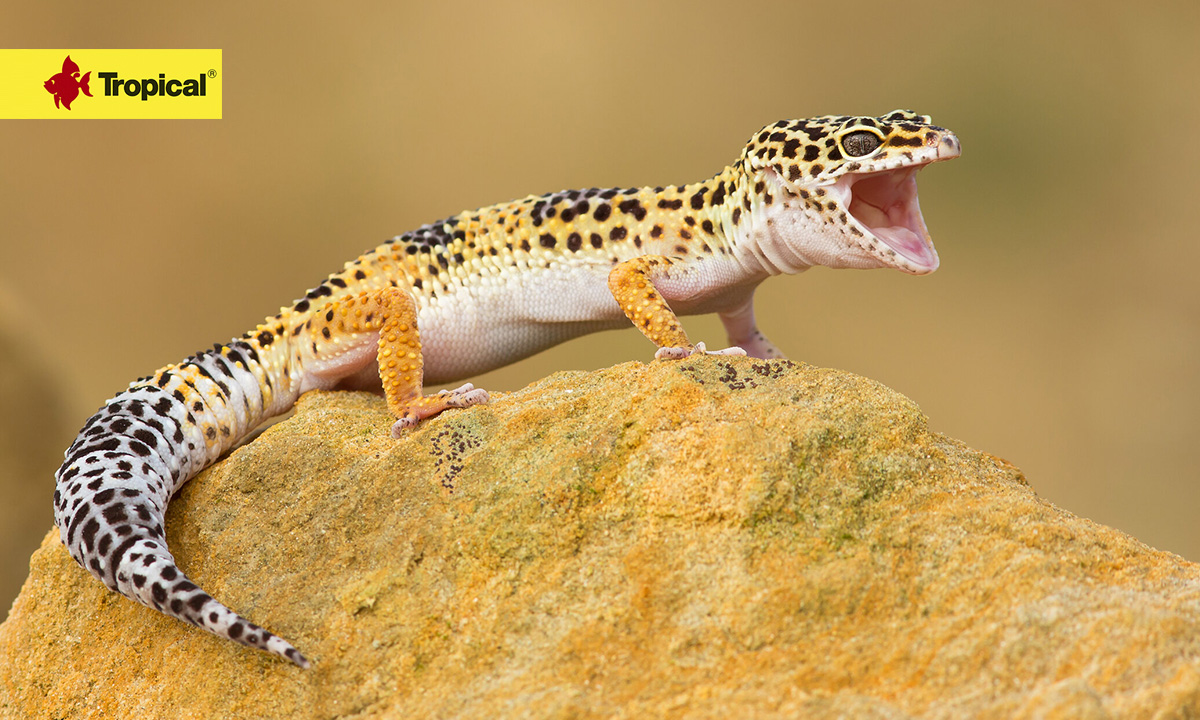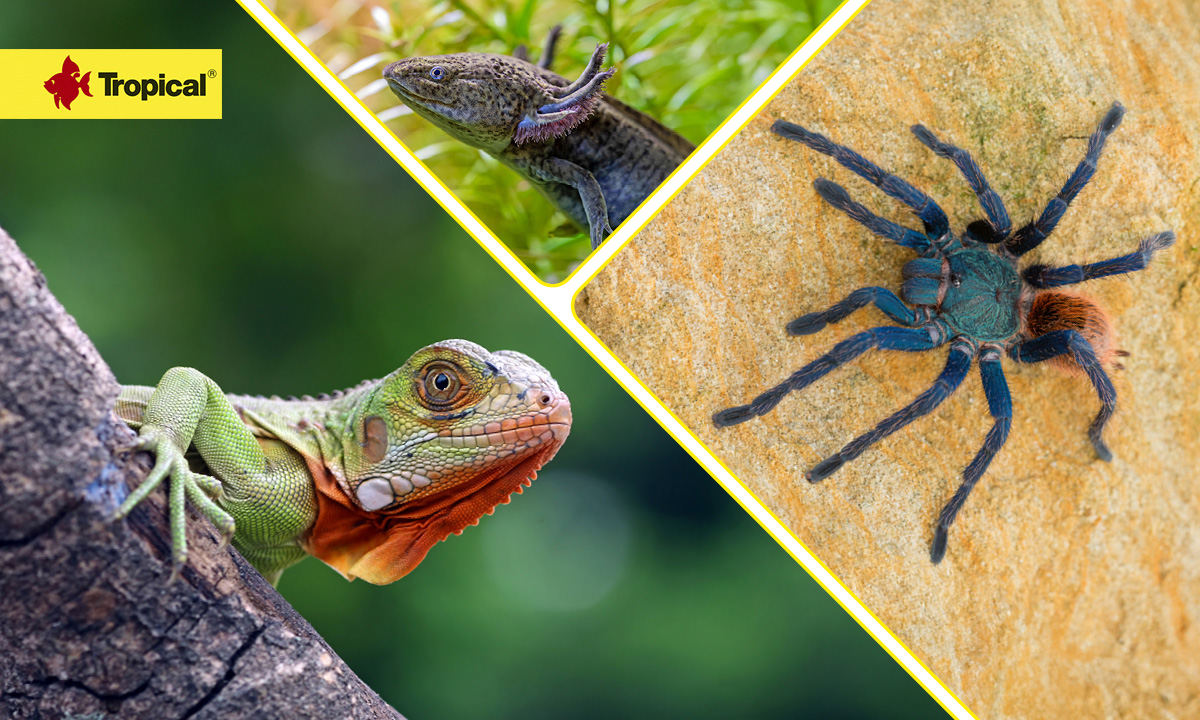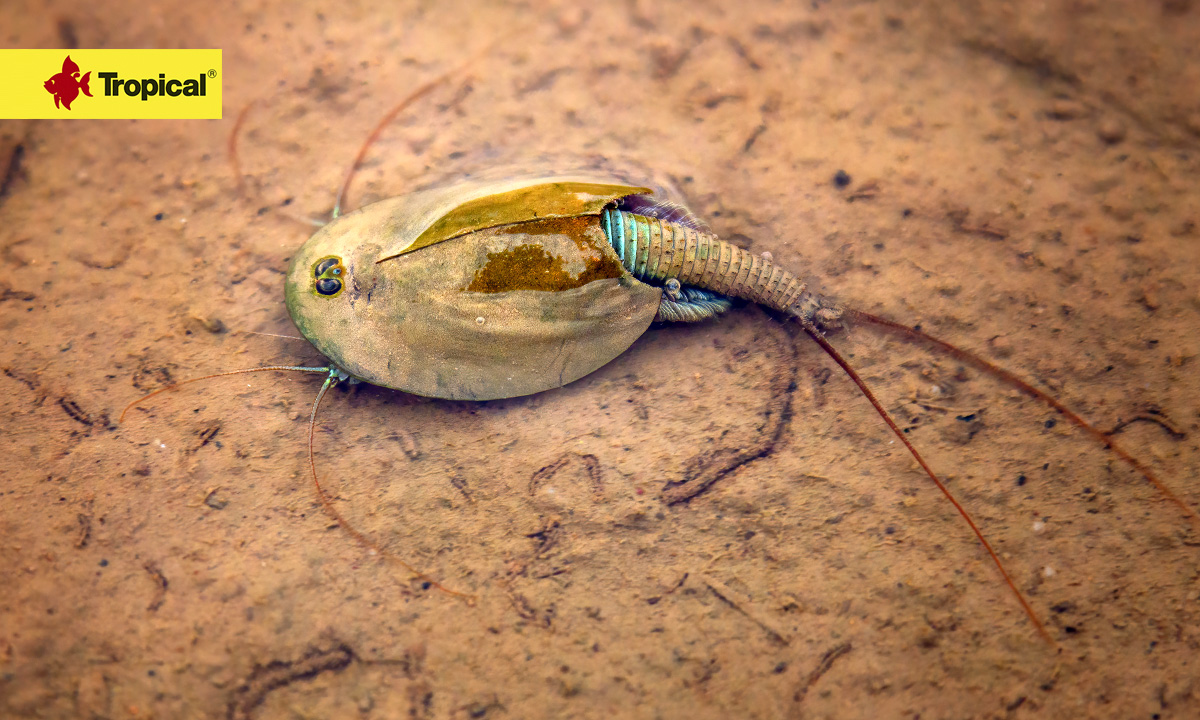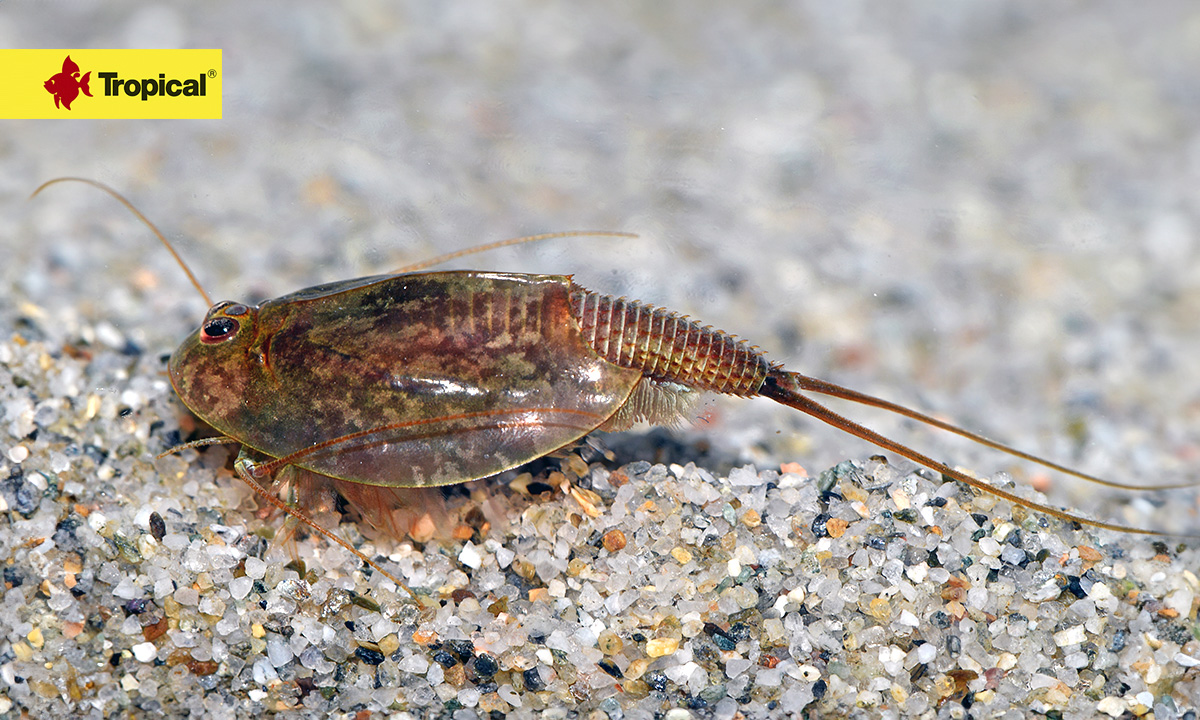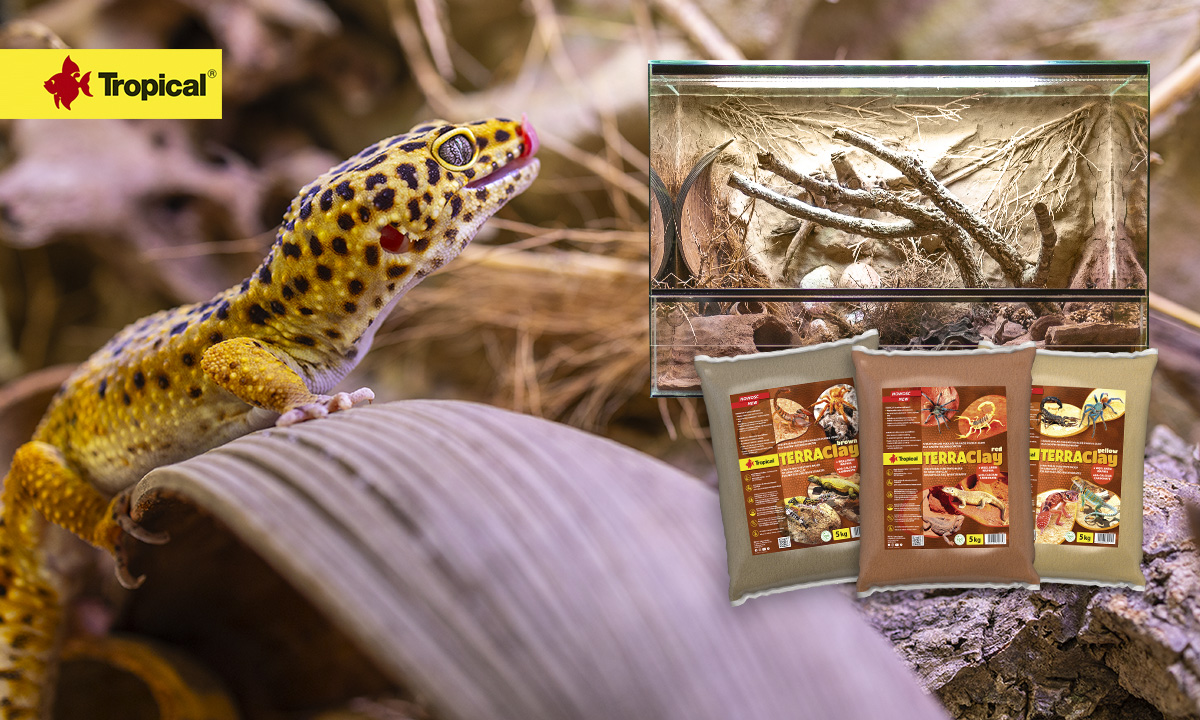Semi-aquatic turtles – biology
Semi-aquatic turtles can be also called pond turtles. I think that these names can be used interchangeably in this case, because they both reflect the characteristics of their lifestyle and environment. This also seems correct because the name “aquatic turtles” seems best reserved for those species that do not use the land for sunbathing or searching for food. Only females leave the water for the time of laying eggs – just like sea turtles.
They won’t survive without water
Pond turtles love sunbathing. This allows them to absorb thermal radiation, which is necessary to raise their body’s temperature, get energy for active food search and regulate metabolic processes. They can also move smoothly on land and they do it for reproduction, seeking new habitats and food. However, they are so strongly connected with the aquatic environment that staying outside for too long leads to dehydration. That is why it is so important to prepare a suitable aquaterrium for semi-aquatic turtles.
Senses of semi-aquatic turtles
Without any doubt, pond turtles have extremely well developed senses of sight, smell and hearing. This is essential for locating food, avoiding predators and also important in finding the right partners during the breeding season. All freshwater turtles have a thin, transparent third eyelids that cover their eyes when submerged, to enable them to see effectively underwater. The smell, on the other hand, is highly developed thanks to the vomeronasal organ (or Jacobsen organ), which is located in the turtle palate. Its task is to detect and identify fine fragrance particles floating in the air and water. Turtles do not have an outer ear, instead they have a tympanic membrane (eardrum). The inner ear is surrounded by a bone structure. Turtles hear low frequency sounds best, both water and to a lesser extent on land.
Diet of semi-aquatic turtles
Young turtles are carnivores that feed on aquatic invertebrates, fish and amphibian larvae. However, as they mature, they become opportunistic omnivores that feed mainly on aquatic plants. Although adult turtles are primarily herbivorous, they supplement their diet with animal foods whenever they have a chance. That is why proper feeding of semi-aquatic turtles is not easy. You can read how to do it to keep your turtle healthy in the article How to properly feed semi-aquatic turtles?
Systematics of semi-aquatic turtles
Semi-aquatic turtles are mainly species grouped in the Emydidae family, which also includes our native pond turtle, Emys orbicularis. This family includes the following types;
- Chrysemys
- Clemmys
- Deirochely
- Emys
- Glyptemys
- Graptemys
- Malaclemys
- Pseudemys
- Terrapene
- Trachemys
Semi-aquatic turtles also include representatives of Geomedidae and probably the most popular and easily available domestic Chinese pond turtle – Mauremys reevesii.

